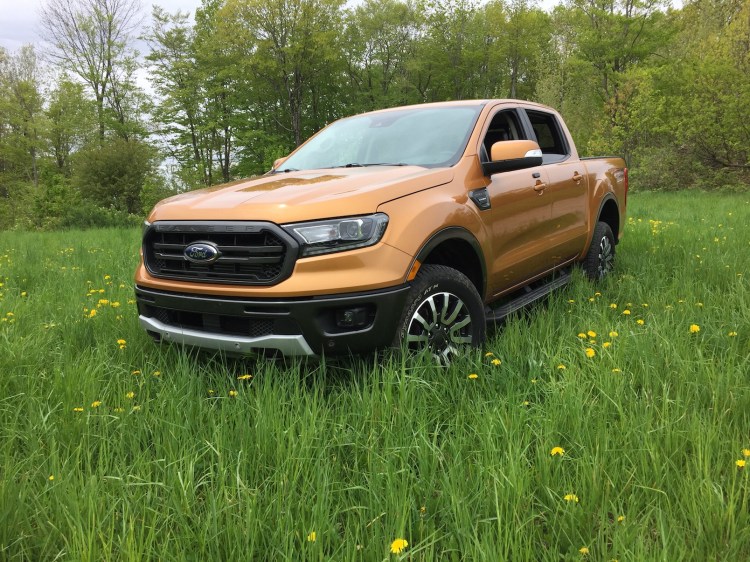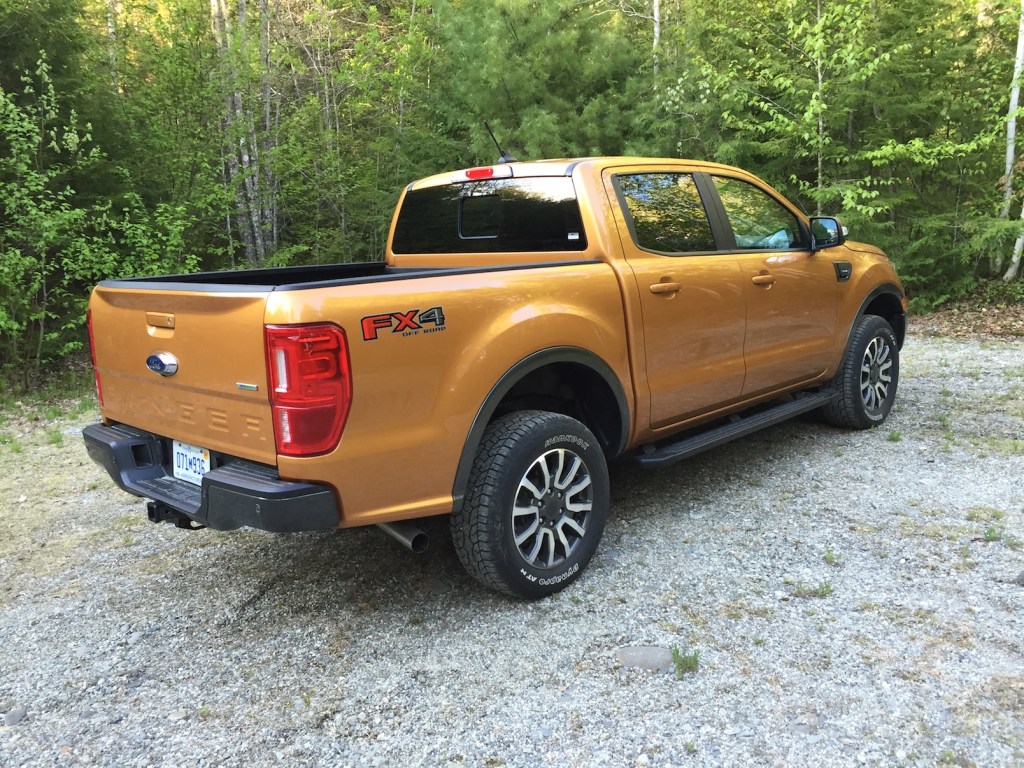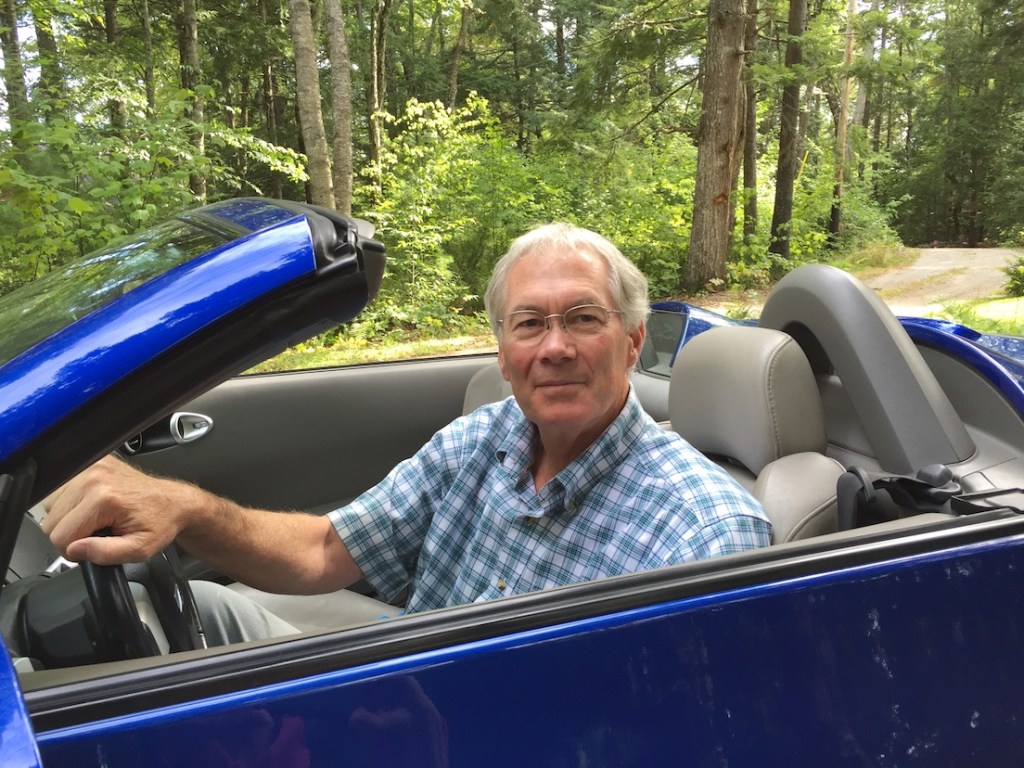In a segment that Ford once dominated in the U.S. market, but abandoned in 2011, a new Global Ranger design is returning for American and Canadian buyers once again interested in smaller pickup trucks.
The first Ranger appeared in 1983 and went on to achieve 29 years of market success as a decent alternative to full-size trucks. After interest waned, Ford pulled the truck off the market several years ago.
Times and tastes change. Smaller pickups are suddenly hot again. Toyota’s Tacoma dominates sales now, with GM’s Colorado/Canyon twins in second place.
Nissan still builds the Frontier, which predates the last-generation Ranger; and Honda gives consumers the competent Ridgeline. Jeep has re-entered the segment with the new Gladiator, which has been stealing the media oxygen.
The irony: These trucks aren’t very small, unlike those that existed when the original Ranger debuted. Today’s “small” pickups are four-fifths-scale full-size pickups, with pricing to match.
Yet demand dictates that the automakers roll out these profitable options to consumers embracing trucks of every configuration. With the Ranger quiver in its portfolio in other markets (the Ranger never really ended production), Ford had to seize the opportunity that dealers stated was available for added sales here in the states.
The new Ranger comes in SuperCab (6-foot bed) and SuperCrew (5-foot bed) four-door models only, in 2WD and 4WD configurations with trim ranging from base XL to XLT, and Lariat.
Pricing starts at $25,395 for a base 2WD Supercab, and $27,615 for a SuperCrew. Our top-of-the-line Lariat SuperCrew 4X4 lists for $46,315.
Unlike earlier Rangers with multiple powertrain options, the current truck comes one way for all models – a 2.3-liter turbocharged Ecoboost four-cylinder engine mated to a smooth-shifting 10-speed automatic. Peak output is 270 horsepower, and maximum torque is a robust 310 pound/feet, giving the Ranger an impressive 7,000-pound tow rating along with an 1,860-pound payload capacity. Those numbers are very close to those of a base level F-series pickup.
On the street, the Ranger SuperCrew is a capable partner. Driving feel, cornering attitude, and overall cabin comfort are on a par with the car-like Ridgeline, and much smoother than the Tacoma.
Rear seat space is ample for adults. Controls and switchgear remain intuitive and easy to manage. Modern electronics include automated emergency braking, lane departure warning and assist, dynamic cruise control, blind-spot monitors (including trailers) and rear parking assist sensors.
Lariat trim also includes push-button ignition and access, dual-zone automatic climate, power folding mirrors, rear camera, power tailgate lock, trailer-sway control with the trailer tow package, and heated leather seating. None of these features were available on the last Ranger.
Opt for package 501A to get Sirius HD satellite radio, Sync 3, navigation, 10-speaker audio, remote start and a center dash information screen. These pieces alone mark how dramatic the shift is from the past Ranger to the current global-design truck.
The Ranger’s new powertrain proved equally up to the task. It is quiet and produces ample forward thrust when summoned, a characteristic found on Ford’s other EcoBoost turbo-engines.
While the Ranger’s horsepower rating is very class-competitive, the turbo-engine’s torque output beats all rivals – a statistic that creates the high tow rating. EPA mileage ratings were 20/24/22 for our handsome Saber painted Ranger. Real- world economy came to 22.2 mpg, right on top of the combined estimate.
The FX4 package adds the front bash plate, a skid plate for the lower-front of the truck, and different wheels and upgraded suspension pieces. The Ranger’s Terrain Management system includes driver-selected modes for grass, sand, mud, gravel, and snow, employing the locking rear differential and ABS system to improve traction.
Ford is currently teasing consumers with a Raptor-themed Ranger slated for sale early next year. Ford is also returning the Bronco sport utility to its lineup, a two-door off-roader based on this Ranger’s platform.
Logbook notes at the end of the week listed how agile, responsive, and direct the Ranger felt. Passengers commented on the surprisingly nimble ride.
At 211 inches long, about in the middle against its rivals, the Ranger SuperCrew is much larger than its predecessor. And, some readers are thinking the price is pretty dear, too.
Rampant price escalation in the industry could stymie sales if the economy slows. However, there is much more Ranger here than before, and a lot to like if you don’t need a full-size pickup truck.
Send questions/comments to the editors.





Comments are no longer available on this story